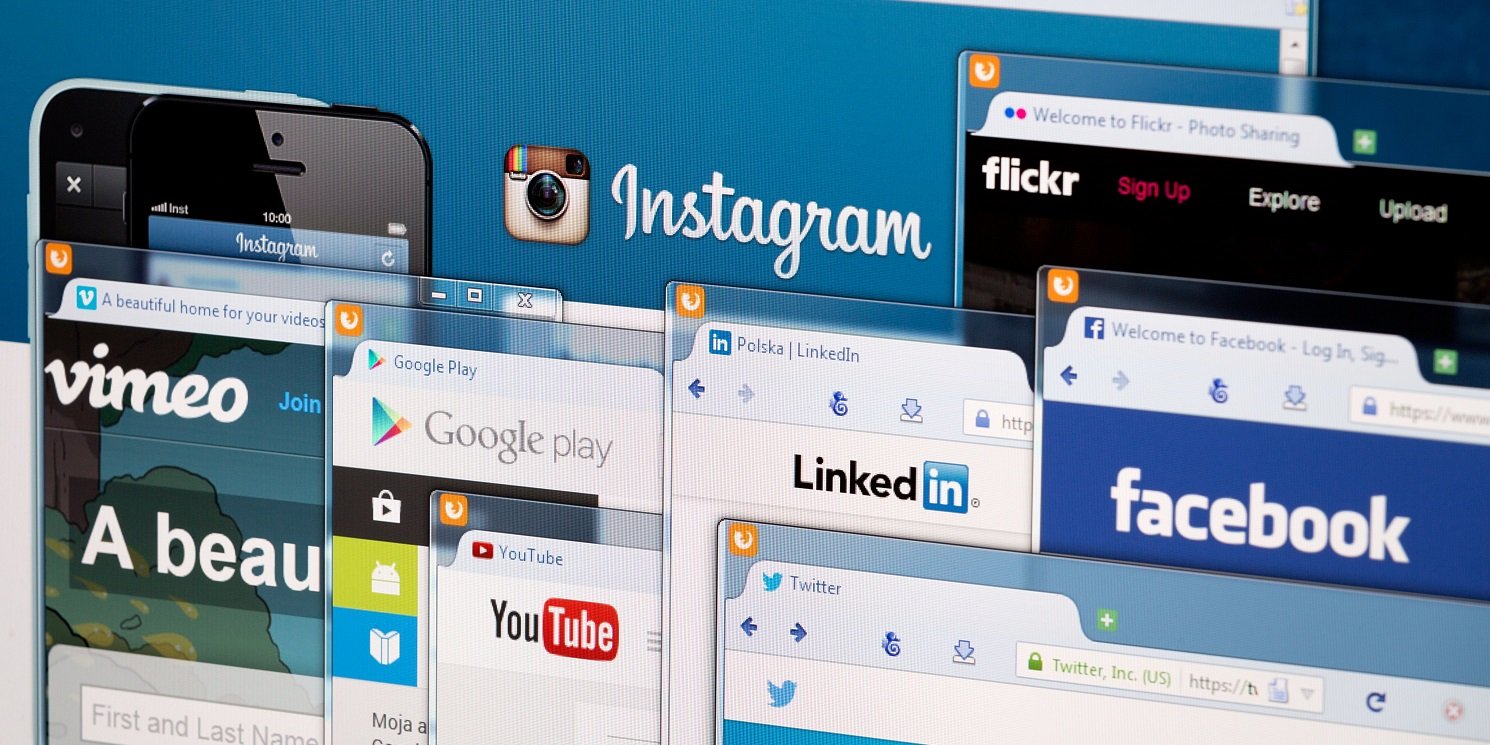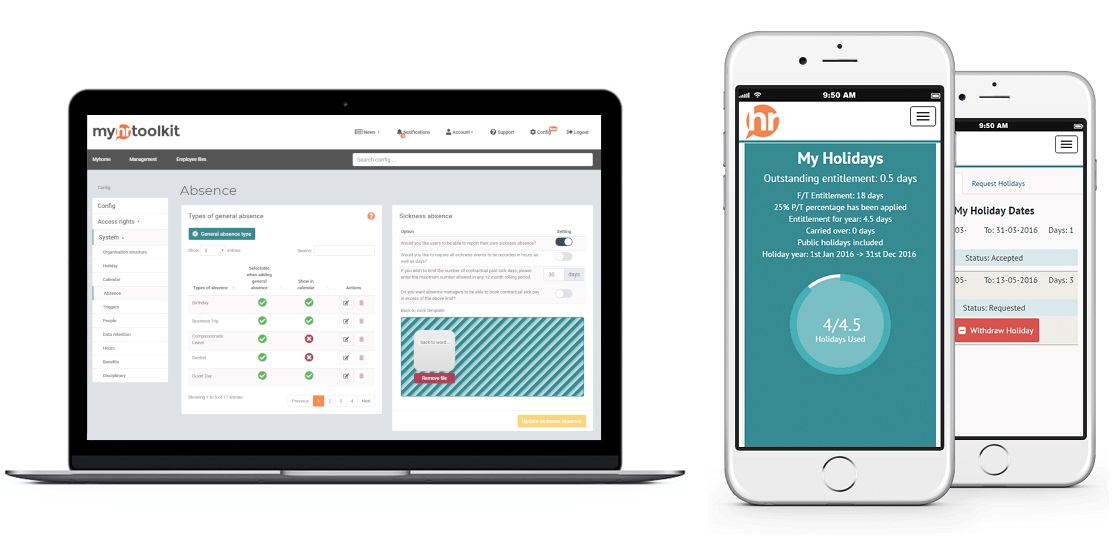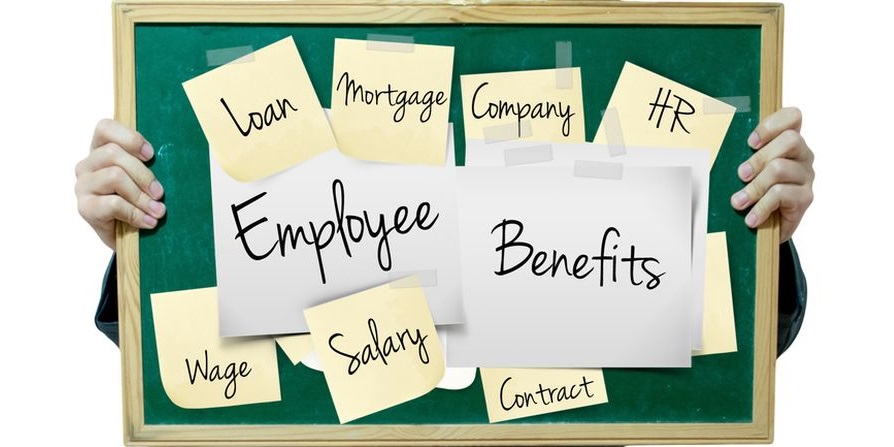This guest post is by Russell Davidson of employee benefit adviser Davidson Asset Management. He explains why communicating employee benefits is so important and methods of communicating benefits to employees.
Communicating employee benefits
One of the most important parts of an HR manager’s role is the reward side of the business – how the employer can effectively reward staff to thank them for their loyalty and increase the incentive for them to stay with the company. Just as important as a top employee benefits package, however, is how well you communicate about that package. It’s all well and good having great employee benefits, but you need to communicate them well to staff.
In this blog post, I’ll explain 5 simple ways to effectively let your staff know about their employee benefits:
1. Via your social channels

With it being the 21st century, technology is everything and it’s present in our everyday lives. It’s certainly present in the fact that we spend so much time on social media these days and it’s likely that your company will have a social media account of some sort.
These social media accounts can be the perfect place to talk about how good it is to work for you and what benefits there are for your members of staff. Not only will this help get the message across to your current employees, but it could attract new recruits – which is something your employee benefits should be doing anyway.
Learn more: Social media and employee engagement
2. With a well-positioned notice board
As much as we now live in a digital era (and some of my further points will touch on how technology can be used to communicate benefits), one of the best ways to get a message out there in a workplace remains the trusty old notice board.
The most important thing to note here, though, is the term “well-positioned”. It’s no use having a notice board with updates on your employee benefits offering if it’s positioned in the middle of the office. No member of staff will go out of their way to read it.
Rather, the best place to position your notice board is in the kitchen. It’s a place your staff are passing though several times a day and a piece of info on your benefits package would be the perfect thing to read to pass the time as they wait for the kettle to boil or the microwave to ping.
3. From the top down

When staff get an email through from the CEO, the chances are that they skim read it at best. They know before opening it that it probably relates to the latest big corporate announcement. They may feel that this is something that doesn’t really affect them.
When employees see an email from their immediate manager, however, they are a lot more likely to read the email as it connects more directly to them. That’s why info about employee benefits should be emailed out, but from their manager immediately above, rather than anyone else.
4. With posters
There is nothing like a good poster! And that is also the case with communicating employee benefits. Are you looking to clearly and quickly impart information? Then a poster can be one of the best ways to explain employee benefits and can be easily spread around your workplace.
5. Through HR software

A major advance in the world of human resources in recent years has been seen with HR software, which is getting more and more impressive by the year. There are many ways to use HR software and one of them is to make employee benefits interactive.
When employees log onto an HR system, they can access all kinds of information. This ranges from information on their contract and how many holidays they have to expenses forms and time sheets. You can also include information on benefits here. Some employee benefits such as discount vouchers have the potential to become interactive. This is something that will make staff benefits a lot more interesting and easier to communicate to employees.
Read more from the myhrtoolkit blog
How do flexible benefits work for businesses?
How employee benefits can make a difference to your business

Written by Fiona Sanderson
Fiona is Marketing Manager at myhrtoolkit. Her areas of expertise include HR systems, productivity, employment law updates, and creating HR infographics.


 Holiday Planner
Holiday Planner Absence Management
Absence Management Performance Management
Performance Management Staff Management
Staff Management Document Management
Document Management Reporting
Reporting Health and Safety Management
Health and Safety Management Task Management
Task Management Security Centre
Security Centre Self Service
Self Service Mobile
Mobile



